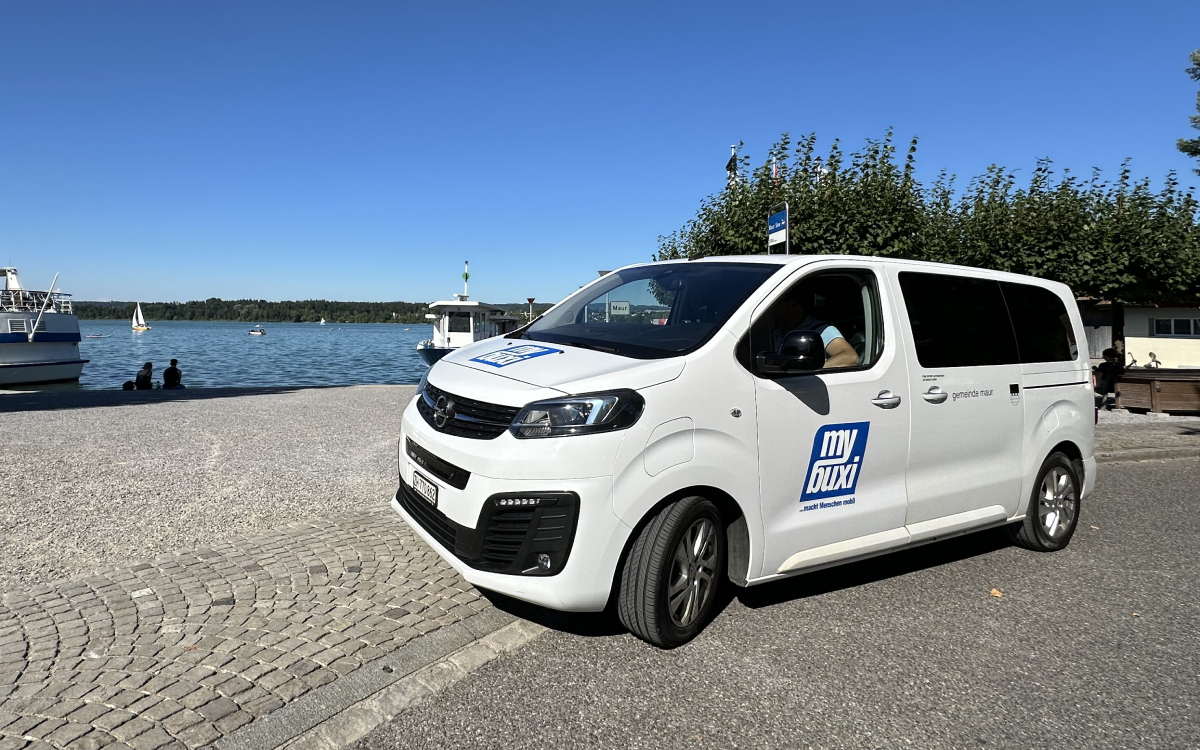


How mobility hubs can accelerate post-pandemic recovery

We were encouraged to read that Scotland is planning to introduce mobility hubs following a model pioneered in some other European cities. These hubs bring together different forms of transport like busses and trains alongside individual mobility like e-scooters and bikes in a single location.
The definition of a mobility hub is pretty flexible: It could be anything from a single bus stop with bike-share parking close by, to several transit modes coordinated around public services like hospitals, to a custom-built multimodal hub in a new urban development. The important thing is that it unites various public and private modes, facilitates connections and changes and improves access to sustainable transit by combining and structuring networks to answer the needs of more users than current linear routes.
So, what’s the difference between this and existing transport interchanges? Well, while many major train or bus stations do feature elements of a hub, most are not yet fully multi-modal, and services are not always coordinated. As an example, the Sants train station in Barcelona, where we’re based, has two subway lines, a coach station and local, regional, national and international rail lines. Taxis buzz around the concourse outside and local city busses stop nearby. But all these different services and schedules are not coordinated and, while there is shared bike parking nearby, the station itself lacks infrastructure for cycling or e-scooters. It could also benefit from better signage, integrated journey planning and real-time information about all modes. A true mobility hub would provide all this and more.
And by more, we mean that mobility hubs can also be destinations and services in their own right. This is an interesting concept given our recent enforced lifestyle changes and all the buzz about the 20-minute city. As well as transit, a hub can offer Wi-Fi and charging points, shops, workstations, cafés, even healthcare and leisure facilities and green space. Making it a useful and attractive place to be therefore not only improves transit access, it promotes urban regeneration and generates much needed economic opportunities for post-pandemic recovery.
But it’s not just for cities: In smaller towns and rural areas, a mobility hub can be configured around existing bus or train stations. Here, though, it’s even more important to also provide first/last-mile transit as this is often lacking outside big cities and one reason many people remain dependent on private vehicles. Demand-responsive transit (DRT) minibuses or vans are the perfect fit here as they adapt to periods of low, fluctuating or unpredictable demand and can, therefore, be operated at a lower cost than fixed-route-and-schedule lines.
It’s important to find silver linings during the ongoing pandemic and we think mobility hubs are one. At a time when everyone’s schedules are disrupted, grouping multiple modes in a mobility hub is an opportunity to provide more comprehensive, flexible transit services that offer viable alternatives to private cars going forward.
Popular posts
30.09.18
How to deploy on-demand shuttles
Let’s say you’re a mobility planner who is considering piloting a demand responsive bus service. Wouldn’t it be useful to know just how many vehicles you’re going to need to deploy if you want to cover a specific area?
Gerard Martret
23.07.25
Mybuxi and Shotl launch a new on-demand mobility service in Maur (Zurich)
Rocío Goldín
29.07.18
New Driver App
Shotl’s new Driver App now has brand new features designed to enhance driver experience and is now available on any Smartphone.


